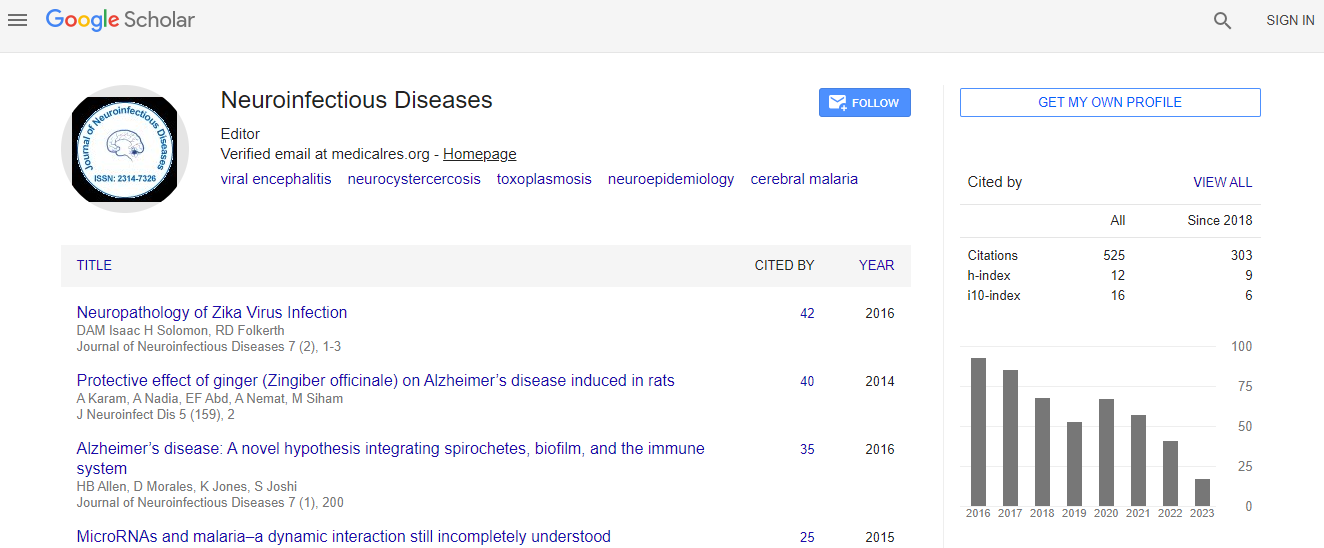Review Article
Free-Living Amebae as Opportunistic Agents of Human Disease
Govinda S. Visvesvara*
Centers for Disease Control and Prevention, Roybal Campus, MS-F 66, Division of Foodborne, Waterborne & Environmental Diseases, Waterborne Diseases Prevention Branch, 1600 Clifton Road, Atlanta, GA 30333, USA
- Corresponding Author:
- Govinda S. Visvesvara
Centers for Disease Control and Prevention, Roybal Campus
MS-F 66, Division of Foodborne, Waterborne & Environmental Diseases
Waterborne Diseases Prevention Branch, 1600 Clifton Road, Atlanta, GA 30333, USA
E-mail: gsv1@cdc.gov
Received date: 03 August 2010; Accepted date: 07 October 2010
Abstract
Members of the free-living amebic genera Acanthamoeba, Balamuthia, and Naegleria are known to cause infections of the central nervous system (CNS) of humans and other animals. Several species of Acanthamoeba cause an insidious and chronic disease, granulomatous amebic encephalitis (GAE), principally in immunocompromised hosts including persons infected with HIV/AIDS. Additionally, Acanthamoeba spp. also causes infection of the human cornea, Acanthamoeba keratitis. B. mandrillaris, the only known species of Balamuthia, causes GAE in both immunocompromised and immunocompetent hosts. Both Acanthamoeba and B. mandrillaris also cause a disseminated disease including the lungs, skin, kidneys, and uterus. N. fowleri, on the other hand, infects immunocompetent children and young adults leading to an acute and fulminating, necrotizing primary amebic meningoencephalitis. This review describes the biology of the amebae, clinical manifestations, diagnosis including molecular identification, immunological, and epidemiological features associated with the infections caused by these amebae.

 Spanish
Spanish  Chinese
Chinese  Russian
Russian  German
German  French
French  Japanese
Japanese  Portuguese
Portuguese  Hindi
Hindi 
